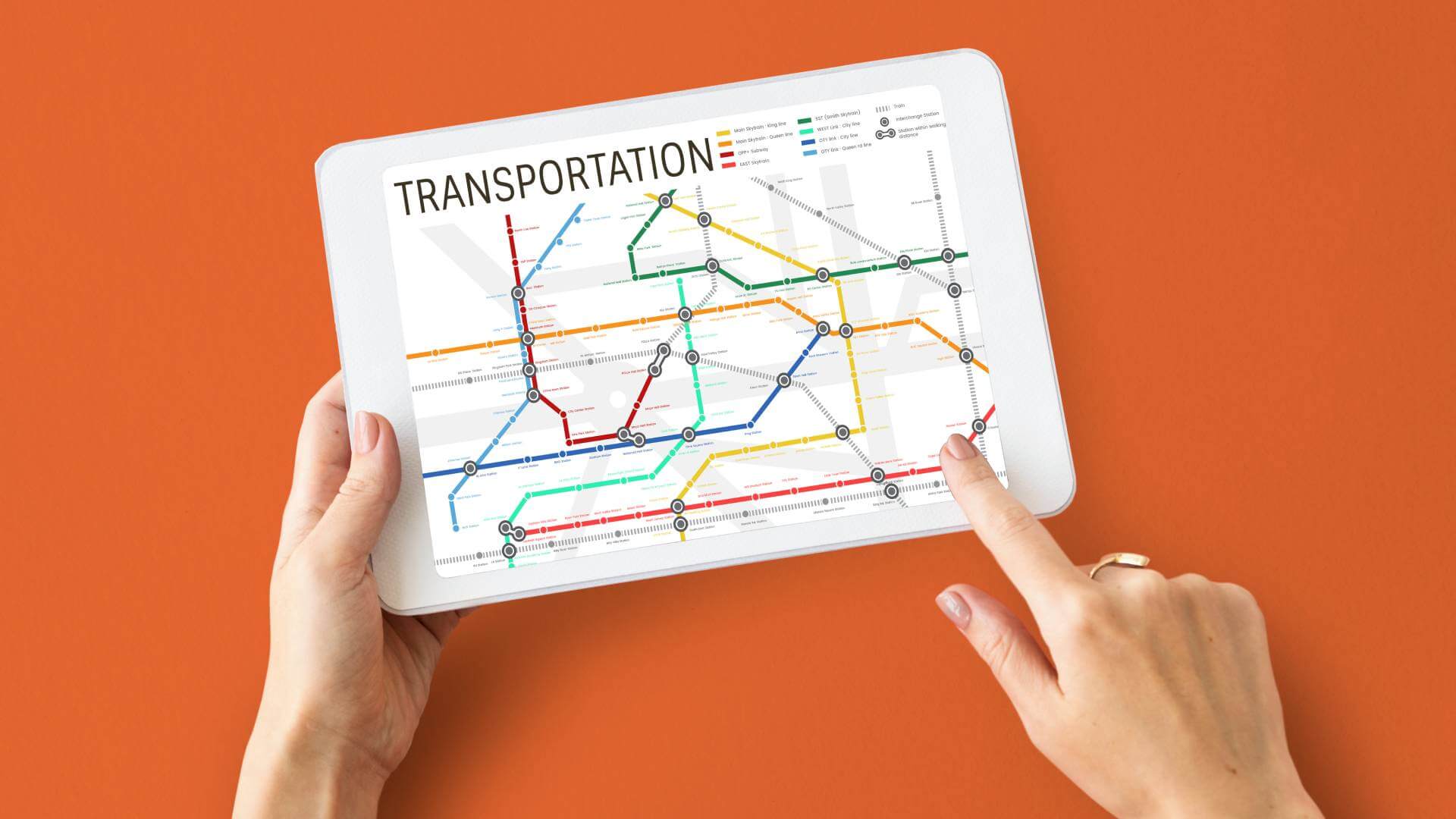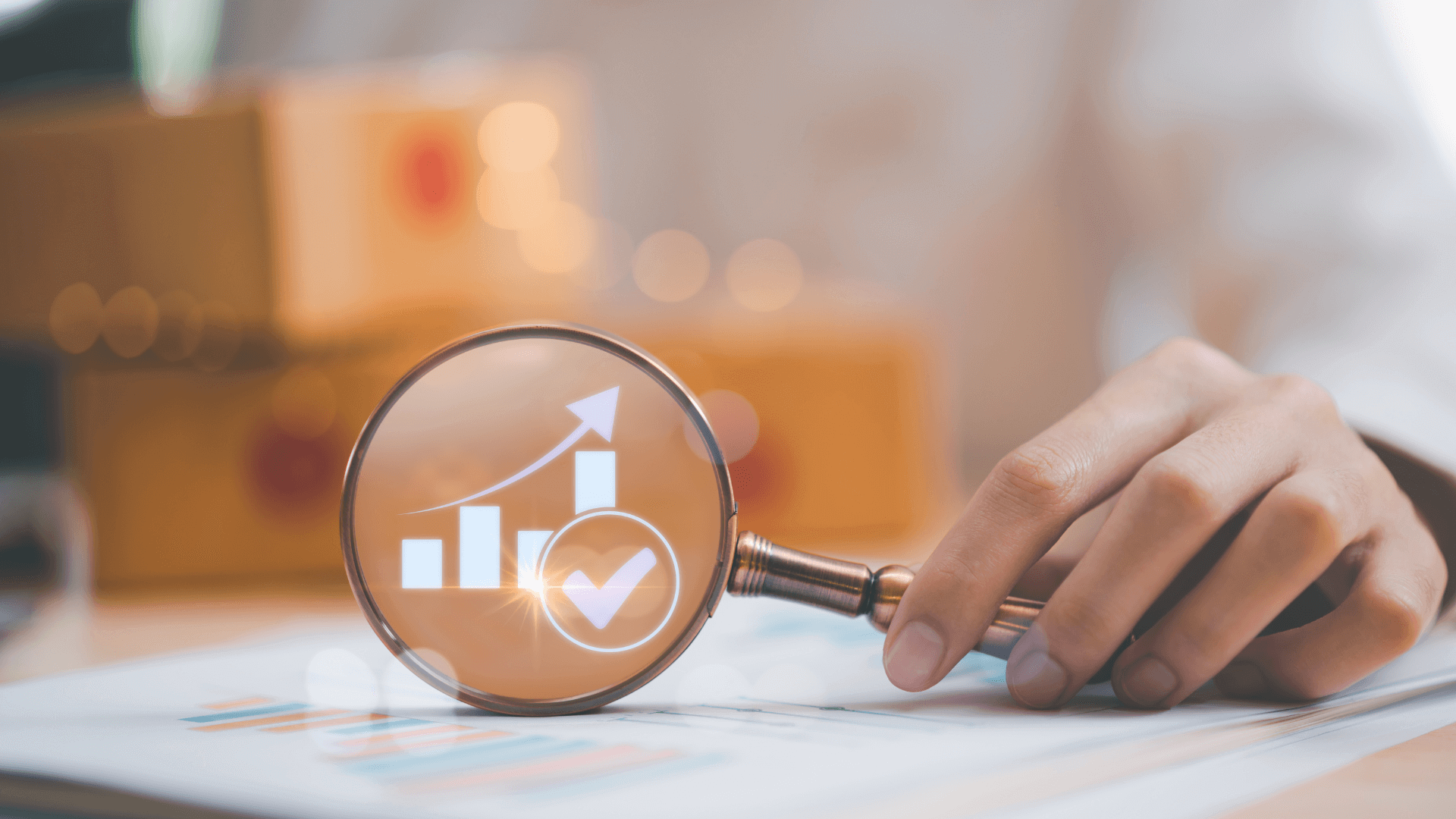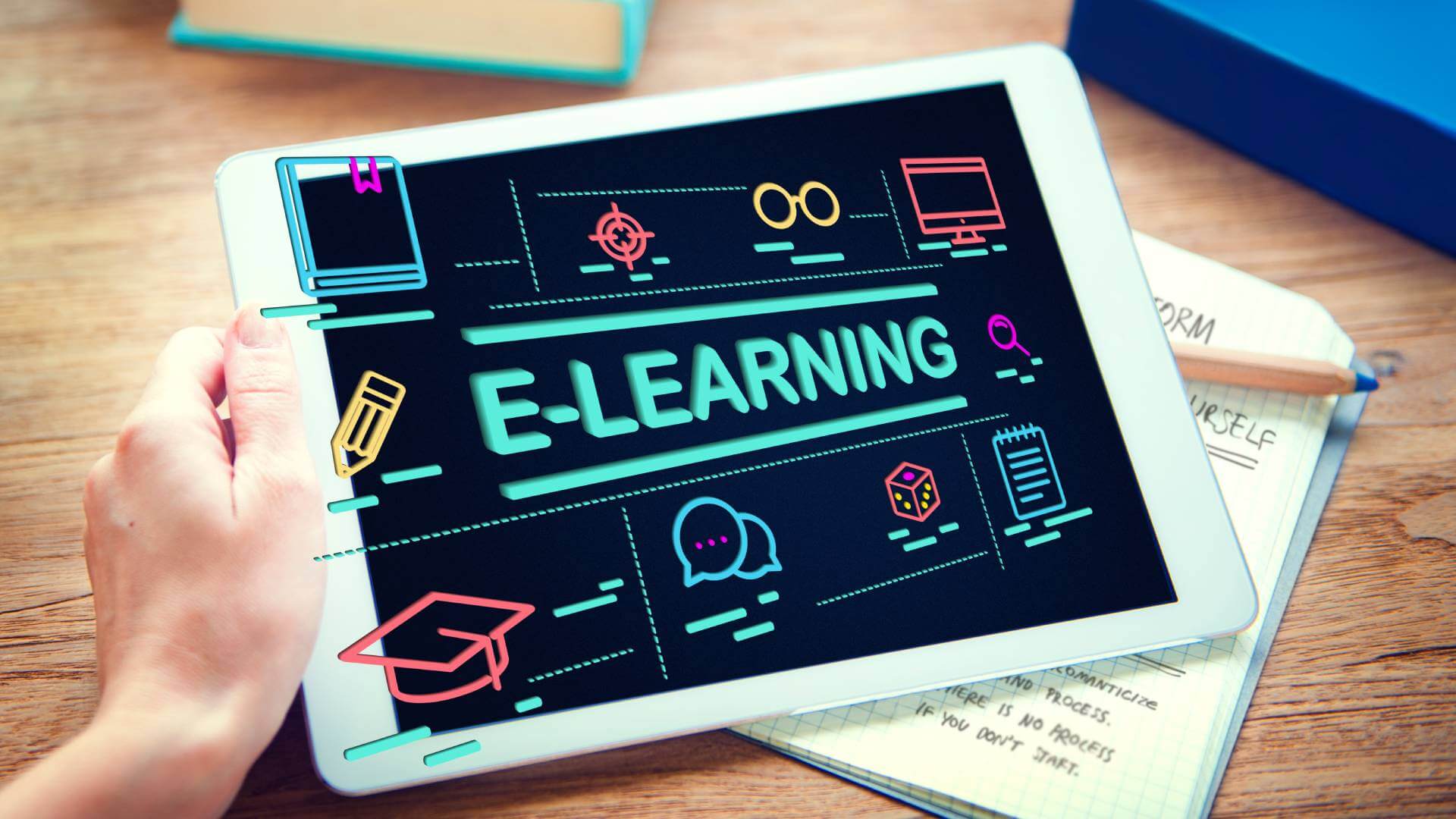Sustainability is no longer just a procurement buzzword; it’s an integral part of building resilient and responsible businesses. Whether starting from scratch or seeking to improve your procurement processes, this robust Sustainable Procurement Roadmap will provide step-by-step guidance for finding ethically sourced, environmentally friendly, and cost-effective products and services.
You’ve come to the right place if you’re looking for a practical and actionable solution. This article outlines the first six important steps for creating a practical and sustainable procurement roadmap. Let’s get started.
What Is a Sustainable Procurement Roadmap?
Before we move on to the steps, it’s important to clarify what a procurement roadmap is. It’s a strategic plan for your organization to outline how to achieve its sustainable procurement goals. This means making procurement decisions that align with your organization’s environmental, social, and economic priorities, while also focusing on efficiency and risk management.
Having a strong roadmap will help you prioritize actions, set measurable goals, and manage engagement with stakeholders.
Step 1: Assess Your Current Procurement Practices
The first step is to understand your current situation. Conduct a comprehensive assessment of your current procurement processes, supplier base, and sustainability performance.
- Map your spend: Identify which suppliers and categories contribute most to your footprint.
- Evaluate policies: Review existing procurement policies to see if sustainability is integrated.
- Identify gaps: Pinpoint areas where environmental or social risks are highest.
This foundation will provide you with data and insights to set realistic goals. If you’re not already aware of this, working with a procurement consultancy firm will speed up the evaluation process and demonstrate rapid successes.
Step 2: Define Clear and Measurable Sustainability Goals
Once you understand your starting point, it’s time to get specific.
- Set realistic goals: For example, reducing carbon emissions by 20% in 2 years or sourcing 50% of materials from certified suppliers.
- Align with broader company goals: Make sure procurement goals support your company’s overall sustainability vision.
- Use SMART criteria: Goals should be Specific, Measurable, Achievable, Relevant, and Time-bound.
Clear goals will give your team direction and help track progress.
Step 3: Engage Key Stakeholders Across the Organization
Sustainable procurement is not a solo endeavor, but requires support from finance, operations, legal, and marketing teams.
- Create a cross-functional team: Include representatives who understand supplier risks, budgeting, and compliance.
- Communicate the benefits: Highlight how sustainability can reduce costs, improve brand reputation, and lower risks.
- Set up regular check-ins: Keep stakeholders updated and involved in decision-making.
A collaborative approach ensures the roadmap is realistic and supported.
Step 4: Develop Supplier Engagement and Evaluation Criteria
Your suppliers will be a crucial aspect of your sustainability outcomes, and you must incorporate sustainability into how you select and manage your suppliers.
- Develop a supplier code of conduct: Establish minimum standards on rights relating to labor, environmental, or ethical practices.
- Include sustainability in your RFPs and contracts: Incorporate sustainability as a formal requirement.
- Verify your suppliers as needed: Via a questionnaire, audit, or third-party certification.
Engaged suppliers who understand your expectations are more likely to support your goals.
Step 5: Build Capacity Through Training and Tools
Changing procurement practices requires skills and the right tools.
- Provide training: Educate procurement teams on sustainable sourcing, risk assessment, and new policies.
- Leverage technology: Use spend analytics, supplier management software, or sustainability reporting tools.
- Encourage continuous learning: Share case studies, attend webinars, and stay updated on best practices.
Investing in capacity builds momentum and embeds sustainability into daily procurement decisions.
Step 6: Monitor, Report, and Continuously Improve
A sustainable procurement roadmap is a living document — it needs ongoing monitoring and adjustment.
- Track KPIs: Measure progress against your sustainability goals regularly.
- Report transparently: Share results internally and with external stakeholders to build trust.
- Solicit feedback: From suppliers, customers, and internal teams to identify opportunities for improvement.
- Adapt and evolve: Use insights to refine policies, goals, and processes.
Regular review keeps your roadmap relevant and impactful.
Final Thoughts
Developing a sustainable procurement roadmap may seem daunting at first, but by focusing on these first six steps, you’ll start your journey to success. Remember, sustainable procurement isn’t just a good thing to do—it’s also a business strategy that mitigates risk, helps drive innovation, and builds reputation.
If you want expert guidance tailored to your organization’s unique needs, partnering with a procurement consultancy can provide you with the insights and support you need to accelerate your roadmap.
Ready to get started? Visit Procurement Plus and get help on how to develop and implement an effective, sustainable procurement strategy from a real expert. Develop your sustainable procurement plan today!




Refer customers, collect commissions—join our affiliate program! https://shorturl.fm/K8NJk
Become our affiliate and watch your wallet grow—apply now! https://shorturl.fm/BAXeN
Join our affiliate program and start earning today—sign up now! https://shorturl.fm/6XtUI
Join our affiliate program and watch your earnings skyrocket—sign up now! https://shorturl.fm/O95oe
Unlock exclusive affiliate perks—register now! https://shorturl.fm/JpzZF
Get paid for every referral—enroll in our affiliate program! https://shorturl.fm/zwySS
Become our affiliate and watch your wallet grow—apply now! https://shorturl.fm/diN7Y
Start sharing, start earning—become our affiliate today! https://shorturl.fm/Dz6dh
Start earning instantly—become our affiliate and earn on every sale! https://shorturl.fm/GP6SW
Your influence, your income—join our affiliate network today! https://shorturl.fm/UoDF2
Earn up to 40% commission per sale—join our affiliate program now! https://shorturl.fm/mQHgD
Join our affiliate program today and start earning up to 30% commission—sign up now! https://shorturl.fm/9g6Wc
Unlock exclusive affiliate perks—register now! https://shorturl.fm/GD6sg
Join our affiliate program and watch your earnings skyrocket—sign up now! https://shorturl.fm/AZ1go
Unlock exclusive rewards with every referral—enroll now! https://shorturl.fm/pdUB1
Earn passive income with every click—sign up today! https://shorturl.fm/slcb7
Partner with us for high-paying affiliate deals—join now! https://shorturl.fm/DDLrW
Become our affiliate—tap into unlimited earning potential! https://shorturl.fm/tYJY6
Your network, your earnings—apply to our affiliate program now! https://shorturl.fm/3ybPt
Start earning on every sale—become our affiliate partner today! https://shorturl.fm/au2wm
Join our affiliate community and start earning instantly! https://shorturl.fm/PPReX
Boost your profits with our affiliate program—apply today! https://shorturl.fm/OFPVn
Earn big by sharing our offers—become an affiliate today! https://shorturl.fm/RZRWS
Start earning every time someone clicks—join now! https://shorturl.fm/aGQOW
Drive sales, collect commissions—join our affiliate team! https://shorturl.fm/kxC87
Start earning passive income—become our affiliate partner! https://shorturl.fm/bimTo
Share our products and watch your earnings grow—join our affiliate program! https://shorturl.fm/9KUCN
Promote our products—get paid for every sale you generate! https://shorturl.fm/U2CRy
Refer friends, earn cash—sign up now! https://shorturl.fm/fVOJN
Invite your network, boost your income—sign up for our affiliate program now! https://shorturl.fm/qclIo
Earn passive income on autopilot—become our affiliate! https://shorturl.fm/qLdU8
Start sharing, start earning—become our affiliate today! https://shorturl.fm/ghbuH
Promote our brand, reap the rewards—apply to our affiliate program today! https://shorturl.fm/C2QJi
Start sharing, start earning—become our affiliate today! https://shorturl.fm/1qHzR
Grow your income stream—apply to our affiliate program today! https://shorturl.fm/55tQP
Start earning every time someone clicks—join now! https://shorturl.fm/3o2qW
Maximize your income with our high-converting offers—join as an affiliate! https://shorturl.fm/pNrQA
Tap into unlimited earnings—sign up for our affiliate program! https://shorturl.fm/WSg0D
Earn big by sharing our offers—become an affiliate today! https://shorturl.fm/xA601
Your network, your earnings—apply to our affiliate program now! https://shorturl.fm/1c3OQ
Join forces with us and profit from every click! https://shorturl.fm/UPnTs
https://shorturl.fm/QyxRf
https://shorturl.fm/mS37X
https://shorturl.fm/7lTpu
https://shorturl.fm/xTVMR
https://shorturl.fm/sC6cx
https://shorturl.fm/5pPd8
https://shorturl.fm/5uZLF
https://shorturl.fm/ycMqz
https://shorturl.fm/8ldgg
https://shorturl.fm/V0R0C
https://shorturl.fm/rx7Oe
https://shorturl.fm/146z0
https://shorturl.fm/gB5dJ
https://shorturl.fm/Tdjho
https://shorturl.fm/oONQ6
https://shorturl.fm/FpZON
https://shorturl.fm/Yqm89
https://shorturl.fm/uD2jG
https://shorturl.fm/AwDMY
https://shorturl.fm/QetyG
https://shorturl.fm/gKJju
https://shorturl.fm/VFtP2
https://shorturl.fm/s3dA7
https://shorturl.fm/cmre0
https://shorturl.fm/UIufB
https://shorturl.fm/GNJUm
https://shorturl.fm/9Muem
https://shorturl.fm/x9k71
https://shorturl.fm/tX5El
https://shorturl.fm/s6nXz
https://shorturl.fm/vh9MC
https://shorturl.fm/KPTAA
https://shorturl.fm/VFkfE
https://shorturl.fm/KvD6o
https://shorturl.fm/VMmIA
https://shorturl.fm/D4o0g
https://shorturl.fm/cEIuX
https://shorturl.fm/QFktx
https://shorturl.fm/kjPZu
https://shorturl.fm/0Jpyd
https://shorturl.fm/aVMEh
https://shorturl.fm/xEDog
https://shorturl.fm/6hNwL
https://shorturl.fm/CQkMc
https://shorturl.fm/Eh2JM
https://shorturl.fm/oihhX
https://shorturl.fm/cTSJY
https://shorturl.fm/bu6mB
https://shorturl.fm/1vt9w
https://shorturl.fm/olVwp
https://shorturl.fm/kuMLq
https://shorturl.fm/qLvcu
https://shorturl.fm/8H1T2
Just spun a few times on Lucky Spin 777 Bet. Didn’t hit the jackpot, but it was a laugh. Easy enough to play, though. Try a spin here: luckyspin777bet
Heard about meexbet, gonna explore their sports betting options. Always on the hunt for better odds, fingers crossed! Check them out and let’s compare notes meexbet.